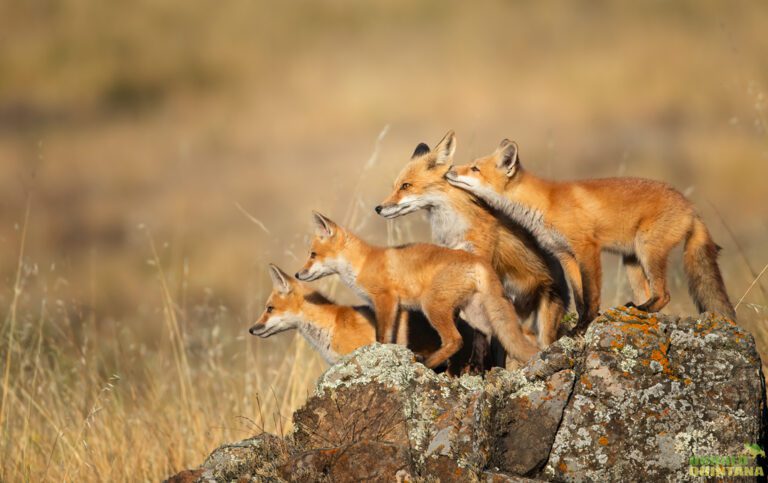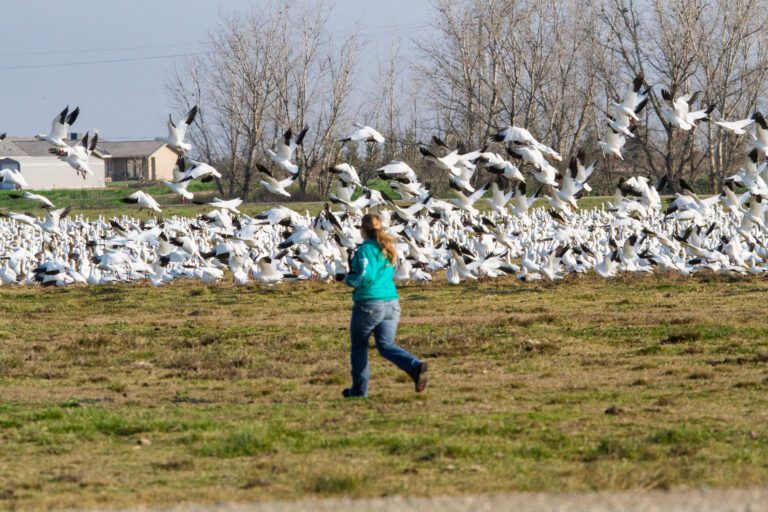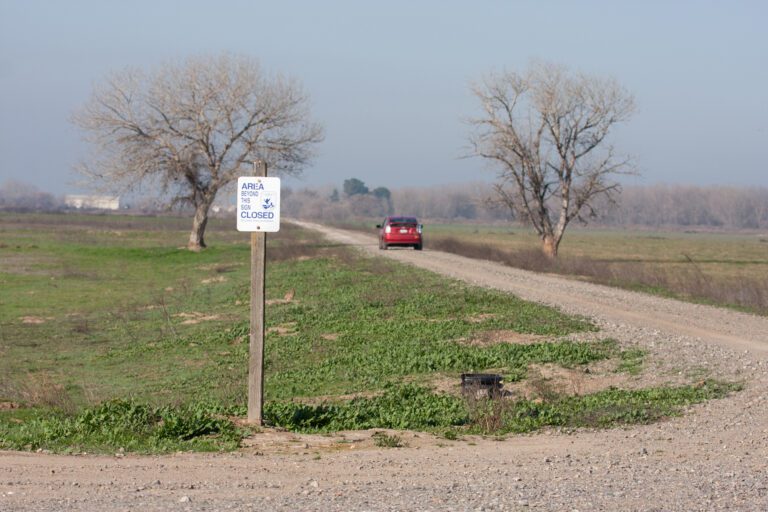Quietly sitting alongside the trail, tall grasses covering my presence, small kits begin to emerge from the den. They can’t see me, I am a good distance from them using a long lens, not bothering their morning routine, sitting low, and using the natural elements of tall grasses and hill slope as my blind. This trail, usually filled with heavy foot traffic, is quiet due to Covid. It is a perfect opportunity to spend time with this Red Fox family. I’ve been here for a few weeks, observing, photographing, and enjoying them. My presence was unassuming.
Today becomes a little bit different though, I notice that they are no longer my secret. Another photographer has shown up. The foxes show apprehension at his presence. The other photographer wanders back and forth, up and down the trail trying to get the best angle, the best light, even respectfully staying on the trail. With his movements, the behavior of the foxes begins to change. They have become aware that they are being watched; the kits stop their play; the vixen ushers them back into the den, and the opportunity passes. The well-meaning photographer looks at me and smiles saying, “Wasn’t that an amazing opportunity?’ Unbeknownst to him, had he arrived before sunrise, sat quietly amongst the grasses, and waited patiently, the amazing opportunity would have continued, and the images of natural behavior would have been mind-blowing to have captured. With everyone back inside the den and a little bit on alert, I pack up my camera gear and leave as well so as not to continue to stress the Red Fox family.
Ethics seems like a simple concept: do the right thing and be a good human. But everyday, even well-meaning nature photographers do things that violate the rights and threaten the survival of the very animals and subjects they hope to photograph. For some, it’s just about not being aware of their impact. For others, it is a blatant attempt to do whatever it takes to capture an image regardless of the costs to the subject. It’s often fueled by a need to get as many likes as possible on social media. The advent of digital cameras and social media acceptance has created a perfect storm of unethical practices for amateur and professional nature and wildlife photographers.
Ethics is a challenging subject, especially when it comes to nature and wildlife photography. I think it starts with the idea of ‘do no harm,’ and capture natural behaviors. Anytime you find yourself in a situation where you have compromised the animal’s natural behavior you have crossed the line. Some would say that this is the moment the animal notices your presence and begins to alter its behavior. At this point, you may need to pack up and leave. If it notices you and continues its natural behavior, then perhaps you have not violated its fight or flight zone, but you need to be aware of your impact and adjust accordingly. A good nature photographer knows their subject and studies the behavior. After all, isn’t the purpose of nature and wildlife photography to capture natural behavior? If you are asked by authorities to move, follow those requests. They know more than you do about when a subject is being threatened and they should be respected.
Practicing good ethics also means that getting the photo does not require baiting, calling in, luring, capturing, and possibly creating a contrived situation by adding perches, removing plants, or unnaturally altering the scene. It’s about capturing the subject in the most natural way possible without the influence of the hand of man. I like to think that influencing the behavior of the animal in any way that involves interaction between me and the subject, then I am walking a very thin line when it comes to ethical nature and wildlife photography.
Unfortunately, there are too many people with cameras out there now who see nature photography as a hobby; there aren’t enough resources available to educate and instruct people on ethical field behaviors. There’s also the other side of the coin: people who simply don’t care. They’ll do anything to get the photo and social media likes. I think good resources on ethical nature and wildlife photography start with the Audubon Guide and the North American Nature Photography Association’s Principles of Ethical Field Practices. In the end, what matters most is the well-being of the subject, not capturing the image, or garnering a ton of likes on social media.
What does an ethical wildlife shoot look like? First, give space to your subject. It’s one reason professional wildlife photographers use those big, long lenses or blinds to sit in. Second, learn your subject’s behavior so you can predict how it may or may not react to your presence if discovered. Know when you are causing distress and be respectful of the welfare of your subject and leave. Don’t click, call in, or bait your subject to get them to approach your location. If your subject is known to habituate an area, don’t go in and place man-made perches or other objects to improve your composition or create an image. In my honest opinion, I think it is much easier to be ethical and takes a whole lot less work, and it’s the right thing to do.
https://donaldquintana.com/DQNWP




